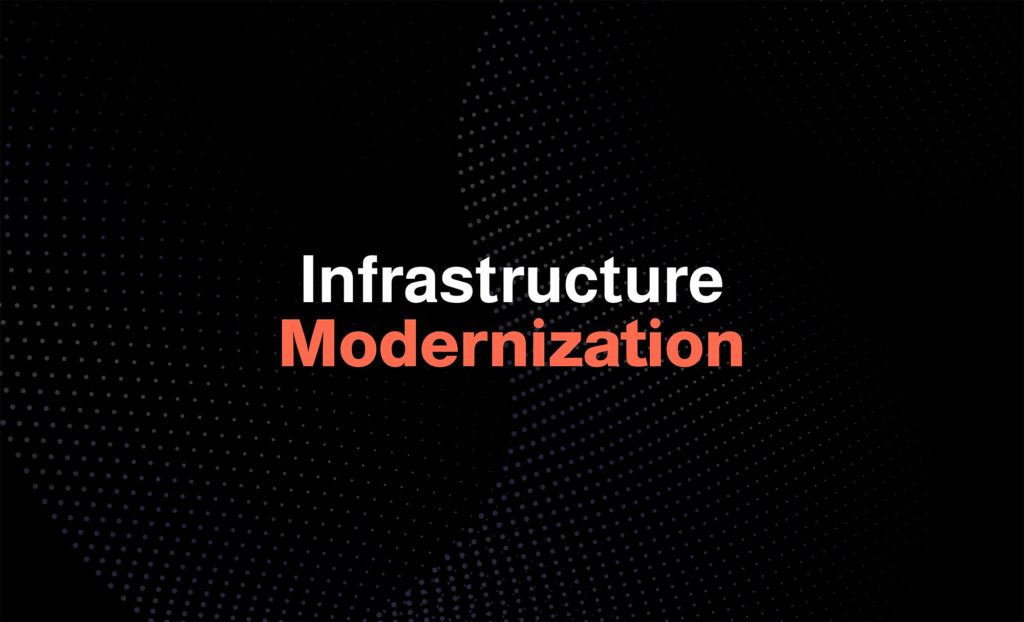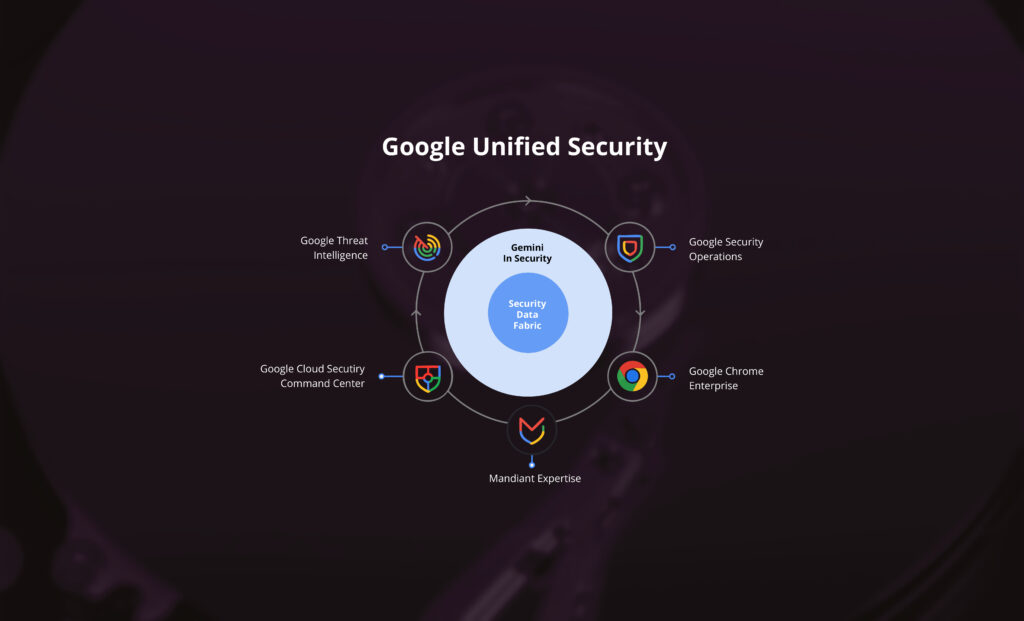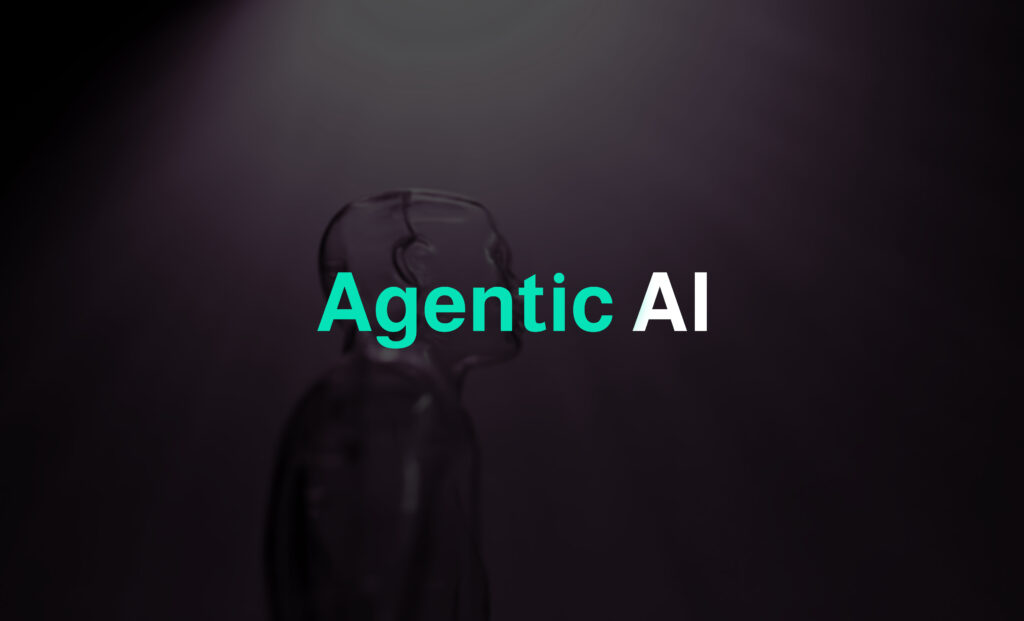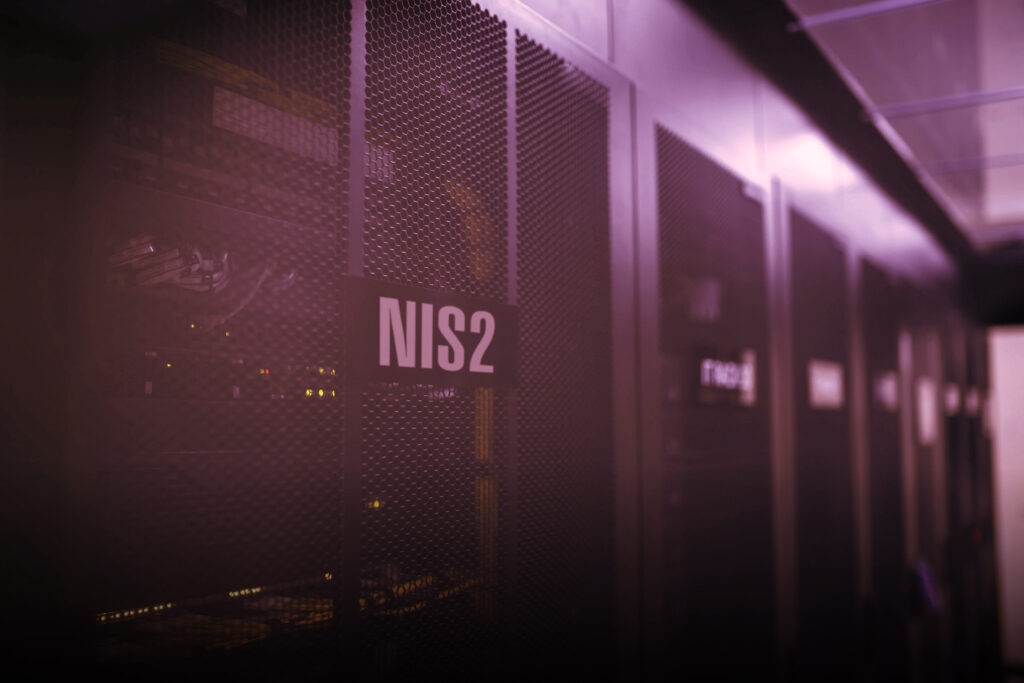New month, new Google infra updates! Once again, Google did some great updates the last month and we cherry picked the ones that we believe could have the most impact. For this edition, we were happy to see that Google Cloud keeps strengthening their bond with VMware. Read more about it in this blog!
GC Managed Services for Prometheus is now generally available
Google announced the preview of Google Cloud Managed Services for Prometheus in November (see Google Update 46). Meanwhile, six months later, the product has been made widely available. With this product, you can guard workloads without having to set up and manage Prometheus yourself.
Continue reading: Google Cloud Managed Service for Prometheus is now generally available
How to migrate to a public cloud with peace of mind?
The efficient transition from on premise to a public cloud remains a heavy exercise. Google Cloud VMware Engine will simplify the migration to Google Cloud. However, that is not the only advantage of the tool. In recent research by IDC, 78 percent of the questioned companies stated that they recuperated their migration within a year or less. That knowledge allows you to start your financial discussions with peace of mind. It won’t solve the technical challenges yet, though. That’s why Google, together with VMWare, has now given IDC the order to register the experiences and endorsements of some two hundred migrated organisations. Recommended reading for those who are considering the switch.
Read the IDC InfoBrief: Strategies for Successful Migration to Public Clouds: Lessons Learned from Industry Leaders
Read the entire blog: 78% of VM migrations realise payback in one year or less
VMware adds GCVE to their Cloud Universal Program
Over the years, the cooperation between Google and VMware has grown considerably. It resulted in the launch of Google Cloud VMware Engine. in May 2020. Since then, Google and VMware both invested to enable clients to quickly and easily migrate business-critical and VMware-based workloads to Google Cloud, and to execute them there. Clients already use this service for a series of different use cases, including application migration, data centre exits, virtual desktop infrastructures, disaster recovery, and the rapid start-up of new capacity to meet business needs. Recent examples include Carrefour: after transitioning from on premise to GCP, their exploitation costs were reduced by 40 percent; their energy use by 45 percent. In another example, telecommunications provider Mitel operationally migrated thousands of VMware instances in 30 different data centres to Google Cloud in less than 90 days.
In the next step, VMware has added the Google Cloud VMware Engine to its VMware Cloud Universal program. With that program, you’re able to accelerate the migration of your workloads and applications to Google Cloud when purchasing Google Cloud VMware Engine from VMware and its partners. That way, you can flexibly buy credits and make use of both existing and unused VMware Cloud Universal credits.
Continue reading: Google Cloud VMware Engine now a part of VMware Cloud Universal Program
Compute Engine costs will fall when the instance is suspended
One of the most important advantages of the cloud is that you only reserve and use what you need at that particular moment. Consequently, you only pay for what you’ve either reserved or used.
With the general availability of Suspend/Resume you now have even more control over your Google Cloud resource consumption. Just like closing your laptop, pausing a Google Compute Engine VM will save the status of your instance to the drive, so you can pick up where you left off when you resume your activity later. During the time that the status of your instance is SUSPENDED, you no longer pay for cores or RAM, but only for the storage costs of your instance memory. Other VM running costs, such as OS licences, can be lowered as well.
Continue reading: Save big by temporarily suspending unneeded Compute Engine VMs—now GA
Google Distributed Cloud is now generally available
In October 2021, Google launched Distributed Cloud (GDC): a portfolio of completely managed hardware and software, with which organisations can execute workloads on the edge of their network (such as factory environments and other locations). Today, Google Distributed Cloud Edge, including Google Distributed Cloud Edge Appliances, is generally available.
GDC Edge enables clients to execute 5G Core and Radio Access Network (RAN) functions at the edge, and supports use cases such as:
- Anomaly detection by means of video and AI for the purpose of reducing the amount of defects in factories;
- Real-time stock management with robots, making next-generation shops possible;
- Improvement of the operational efficiency in the automotive industry, by using sensors;
- Selecting data, to migrate them to the cloud for analysis purposes, for example.
Google offers two different configurations here: a rack-based setup and another one based on GDC Edge Appliances. GDC Edge Appliances are ideal for use cases in which bandwidth and latency limitations discourage companies from processing data from devices, such as cameras and sensors in cloud data centres. Those appliances simplify the collecting, analysing and processing of data on secluded locations, where huge amounts of data – from those devices – must be processed and stored as quickly and safely as possible.
Since Google Distributed Cloud Edge is fully managed, you can concentrate completely on your workloads while Google controls and maintains your GDC Edge installation from a distance. That applies, inter alia, to the installation of the newest software updates, as well as to solving configuration problems, maintaining security and even replacing GDC Edge hardware at your customer’s.
Continue reading: It’s official—Google Distributed Cloud Edge is generally available
Further integration with Terraform announced
Infrastructure-as-Code tools, such as Terraform, are quickly gaining popularity within the developer community. It doesn’t come as a surprise, since those tools considerably facilitate the operational overhead associated with the implementation and management of cloud infrastructure. That’s why Google is committed to supporting Terraform.
In March, they released the preview of Google Cloud CLI for declarative export in Terraform. Declarative Export empowers you to export the current state of your Google Cloud infrastructure to a descriptive file, compatible with Terraform (HCL) or Google’s KRM declarative tooling.
Continue reading: Build your perfect Google Cloud infrastructure using Terraform and the Google Cloud CLI
Once again, great updates with a lot of added value for both our customers and our competence centers. We know for a fact that there’s still more to come! Keep an eye on our website for the latest Google news





